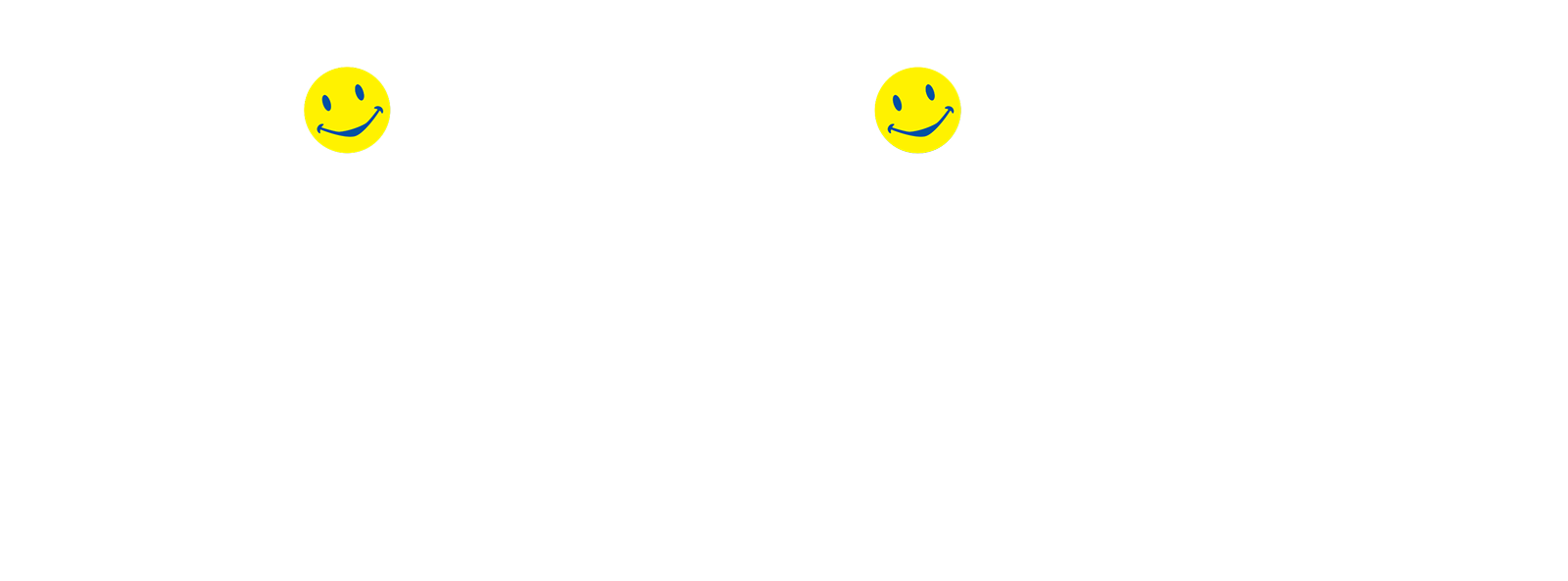As we get older, it’s only natural for our bodies to change. Our skin loses elasticity and develops more wrinkles, our hair slowly but surely turns grey, and, believe it or not, our mouths change. Our teeth are responsible for chewing all of the meals that we consume throughout our lifetime, so it‘s only natural that our teeth develop some wear and tear over time. Our orthodontist in Evanston sees the following changes in our patients on an annual basis.
A Shift After Orthodontic Treatment
It’s important to wear your retainers as directed after getting your braces off! With time, your teeth will shift and begin to revert back to their original position. If your teeth shift too much, make sure to visit our orthodontist so we can get you back on track.
Diastema Development
The official term for a gap between your front teeth is called a diastema, and this may develop due to a variety of reasons. If your jaws aren’t proportionate, over time, you may develop a gap. This may also be the result of teeth crowding or even gum disease, as too much inflammation can cause spaces between the teeth.
Malocclusion
Headaches, popping jaw joints, and teeth grinding may be the result of a bite disorder between your upper or lower jaw. If they don’t line up properly, this is called malocclusion and can lead to the aforementioned issues.
Bottom Teeth Crowding
Finally, our dentist serving Evanston and surrounding areas often see bottom teeth crowding in adults as the result of the loss of jaw bone density.
The good news is that adult orthodontic treatment is at an all-time high! An estimated 1 in 4 adults is receiving orthodontic treatment. It’s never too late to correct an issue, and our team at Lippitz Orthodontics is here to help!
